I live in India and belong to a State called Assam in the country’s north eastern region. The mighty Brahmaputra flows right through the length of the Assam . The State has about 4500 kms of navigable waterways and 3600 square kilometers area of River islands whose residents depend solely on water transport to get around. With all its tremendous water resource, Assam should have had a thriving river navigation and boat making industry, but nothing is further from the truth. Like in many other 3rd world countries, especially the Far East and Sub-Saharan Africa, in India too river transport had been neglected for decades. As a result, the rivers are dominated by what is known as the Mechanized Country Boats. In Assam and the neighboring State of Bengal they are called locally as “Bhutbhutis” due to the distinctive beat of their diesel engines. Something akin to “Put Put” Boats. These are wooden riverboats made by traditional carpenters following age-old designs inherited from their forefathers with little changes or modernization sans the agro derived diesel power-plants or old truck engines used for powering them.
However, rustic charm aside, these boats are all terribly leaky and also notoriously unstable and unsafe. They have the most primitive steering, lack reversing capability, many don’t have any lights, not even navigational ones and most hardly carry any safety equipment. There had been a slew of river accidents and over 700 were lives lost in the last decade in various Country Boat accidents in India. The worst happened in my State, Assam in 2012, when 103 persons lost their lives.
So in 2012, I embarked on a personal mission of trying to improve river navigation by marketing new generation vessels like Fiberglass Composite River Catamarans to the State for replacing these archaic boats. But 5 years onward, no thanks to governmental apathy, red tape and the nexus between the boat owners cartel and the lower rung officials, my efforts bearing zero results, I still haven’t given up on my agenda of making river travel safer. Instead I rebooted by approach as I realized that instead of trying to leap frogging ahead with lofty dreams of seeing gleaming white catamarans crisscrossing my beloved Brahmaputra, a more basic approach to the subject was needed: First to improve the safety standards of the existing Mechanized Country Boats first and next to provide the boat owners with a safe modern and affordable alternative to their current vessels.
Thus, I embarked on my project “Safe Rivers Initiative” to design a safer modern upgraded version of the “Bhutbhuti” and subsequently to designing a swift, safe and modern river shuttle that would be affordable to most of the boat operators. I made the 3D designs of the two boats using free software like Draftsight and Sketchup, rendered on Twilight and processed on GIMP.
Now after 5 years of my continuous and thankless efforts, there now seems to be a faint glow at the end of the tunnel as the State Government of Assam has agreed to commission me to undertake one conversion of a Bhutbhuti to modernize it and improve its safety characteristics and secondly to build them one of the Timaran River Shuttles as a Proof of Concept.
More info: saferiversinitiative.in
To upgrade rickety, leaking and unsafe Motorised Country Boats into Safe Modern Vessels.
Wooden Mechanized Country Boats or “Bhutbhutis” are the most ubiquitous sight on the Brahmaputra and on most major rivers of India and in most places the sole mode of water transport.
Bhutbhutis usually have a long narrow hull with a low squat roof, which is used for carrying cargo and motorcycles, while the passengers have to squeeze in below. Already quite unstable by design, carrying heavy weights on the roof, effects their center of gravity making them even more unstable, especially during the high current summer months.
The “Bhutbhuti’s” design origin lies in the river rowboats and sailboats of old and only modernized by adding a diesel engine. One to all, they are notoriously leaky with each seeping water right up to their floorboards.
THE UPGRADED BHUTBUHTI: After studying these boats and their drawbacks for several months I came up with the design of an upgraded and modernized version. I retained the wooden hull, but added two outriggers converging it into a Trimaran, both to improve the stability and the angle of heel. These outriggers or “Amas” would be multi-chambered Foam-filled Fiberglass Pontoons, making them virtually capsize and sink proof. In order to make the main hull leak-proof, it would be encased with Tar Epoxy and layer of thin Fiberglass cloth.
Next I did away with the low squat tin galvanized sheet covered roof and replaced it with a light weight Stainless Steel Framed flexible PVC canopy. And instead of the roof , now a platform has been added in the back for carrying motorcycles or cargo. The diver’s place remains in the back where he is perched up on a platform with a modern instrument console.
The steering system of the modernized Bhutbhuti could either be hydraulic or a mechanically linked wheel, though my personal favorite is the Kitchen Rudder. It was invented in in early 20th century England and it can be as simple to use as a normal tiller, but provides reversing capabilities. It comprises of two curved plates mounted on a pivot on both side of the propeller and works as a multi-directional propulsion vectoring system.
The TRIMARAN RIVER SHUTTLE: Considering that the days of the wooden Bhutbhuti are soon coming to an end, I wanted to design an affordable, stable and safe, small passenger vessel that could be used as a river shuttle or a runabout for areas where large metallic ferries would be economically non viable, or can’t ply because of the shallow river draft. Thus, emerged this design, again a Trimaran, the central hull is borrowed from a proven and tested monhull Fishing boat design. However, in order to increase the displacement, the deck area and stability, again two outrigger pontoons have been added to it, to convert it into a Trimaran. The hull and the outriggers would be made from Fibreglass, the frame from Aluminum and the rest from Epoxy coated Marine Plywood.
The River Shuttle would comfortably seat 22 passengers with 2 crew members. The Driver’s cabin would again be elevated to provide him with a 360 view of the river and would contain modern instruments like Echo Locators to detect hidden sandbars and GPS for navigation.
Being a relatively lightweight boat, it would be powered by either a single or two small inboard Diesel engines. Safety would be provided by foam filled Buoyancy chambers in various parts of the boat, including below the seats as well as in the Pontoons. This boat would be quite fast and at the same time frugal to operate and affordable to most of the Boat operators who are currently running the Bhutbhutis.
251views
Share on FacebookA much and must needed requirement for a smooth and safe water transport system not only in the Brahmaputra river but also in all such big rivers everywhere to make life better for local people as well as tourists.
A much and must needed requirement for a smooth and safe water transport system not only in the Brahmaputra river but also in all such big rivers everywhere to make life better for local people as well as tourists.
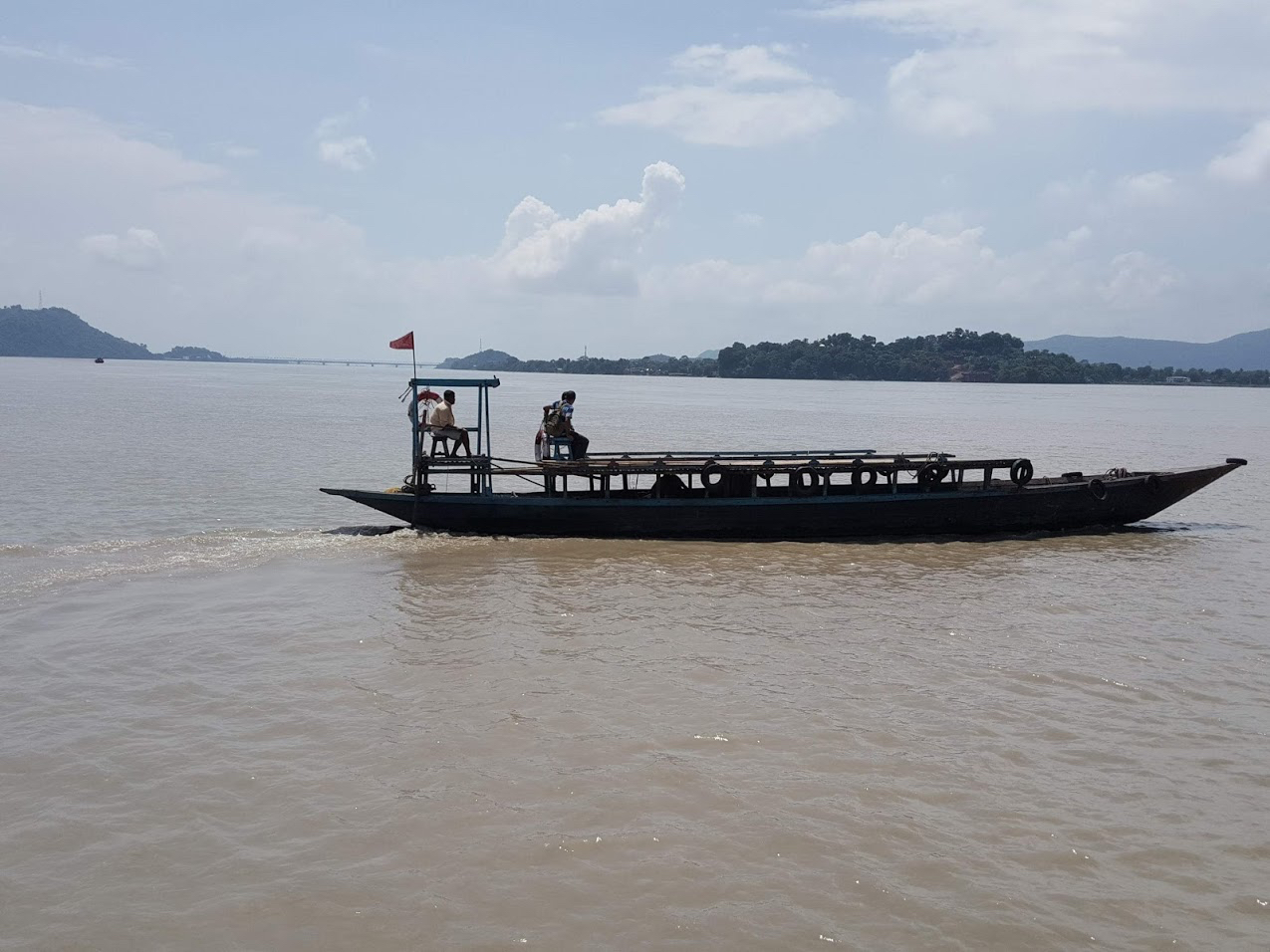

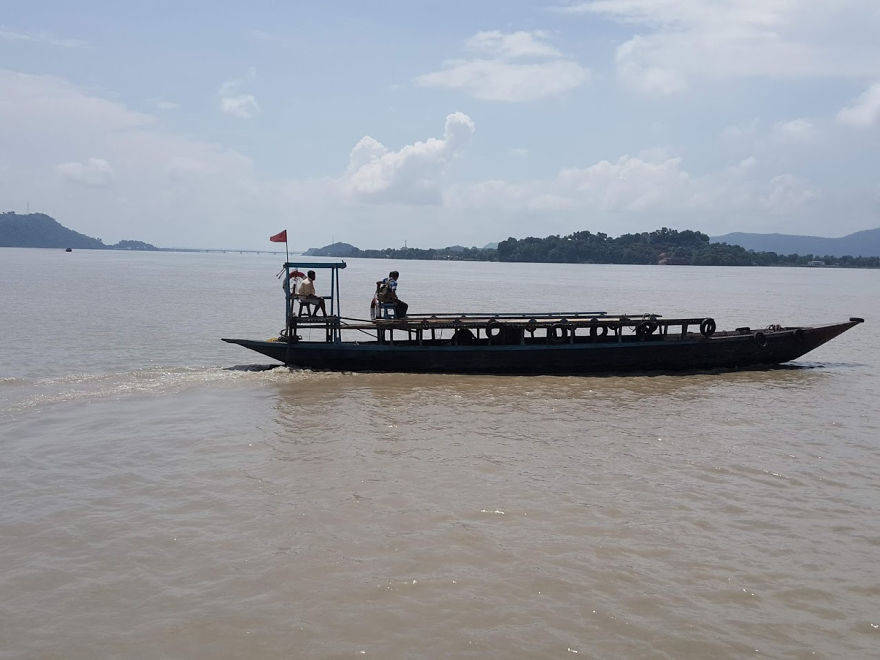
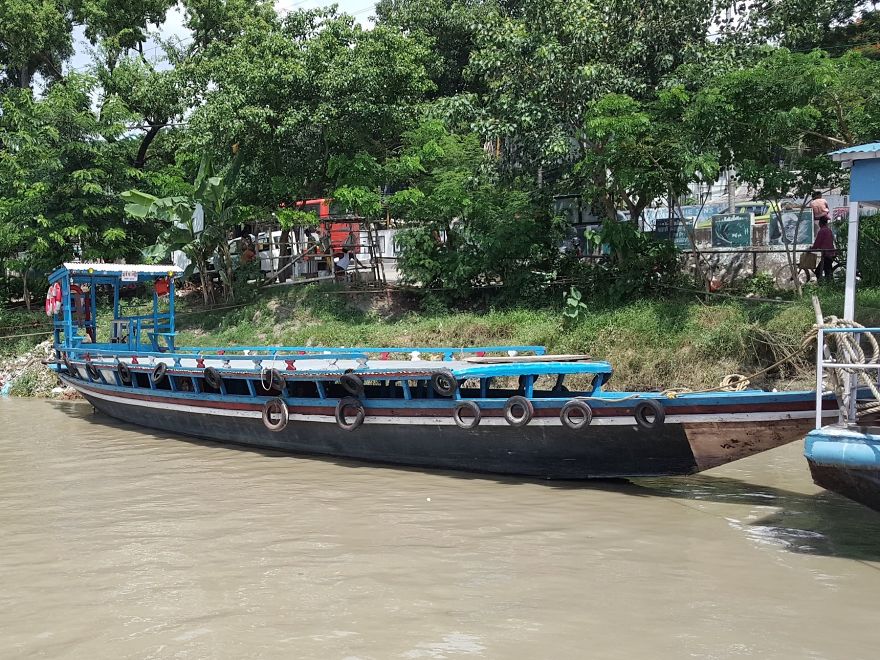
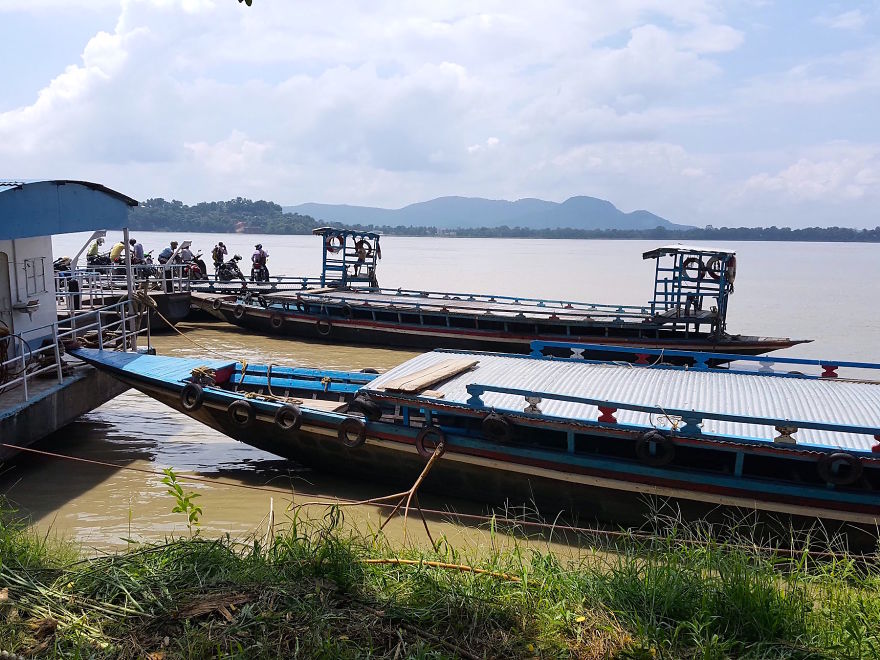
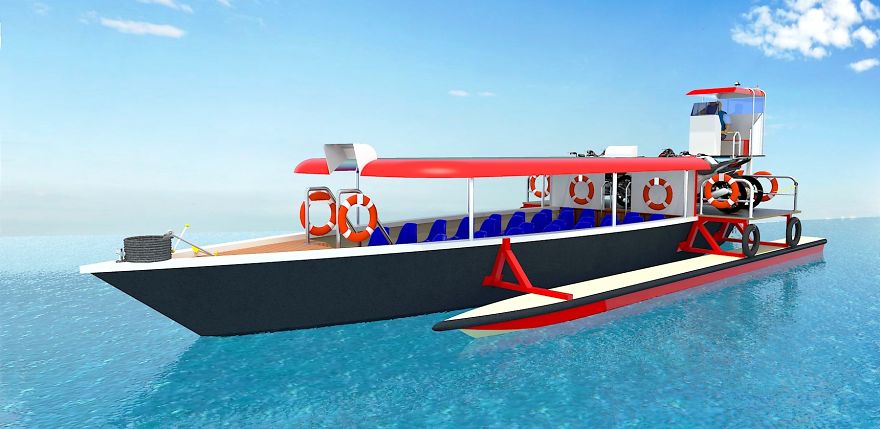
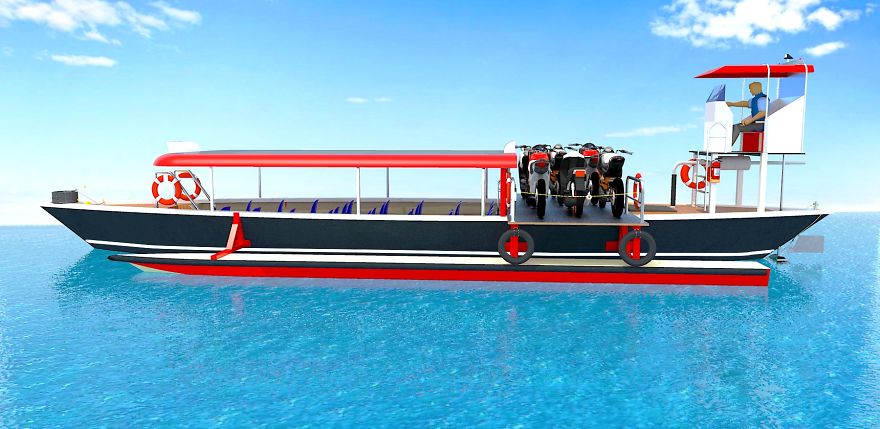
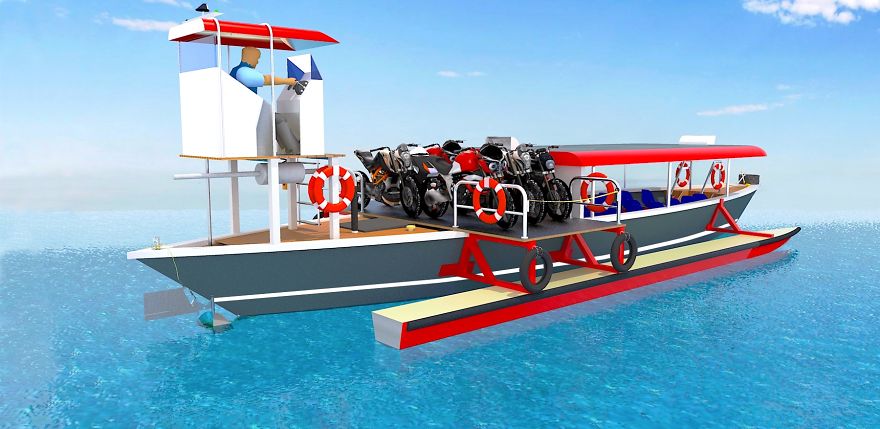
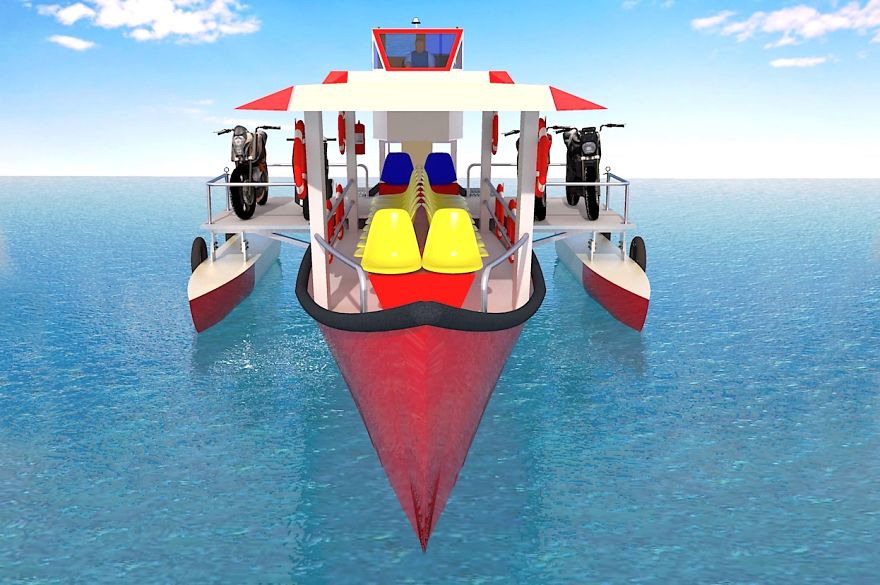
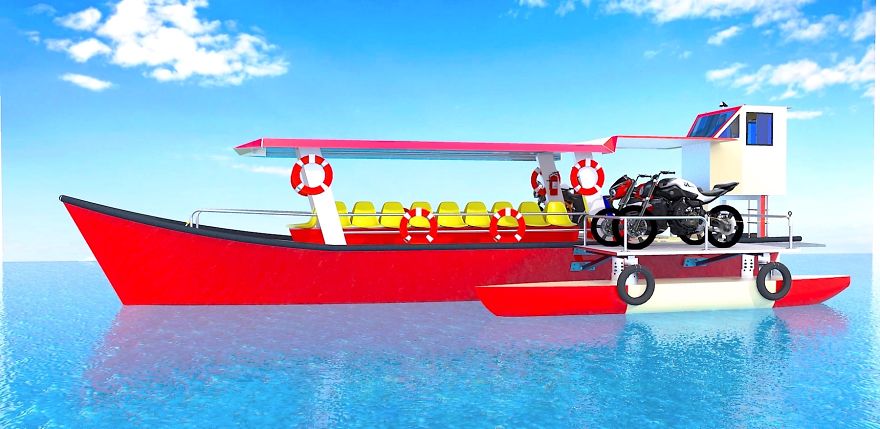
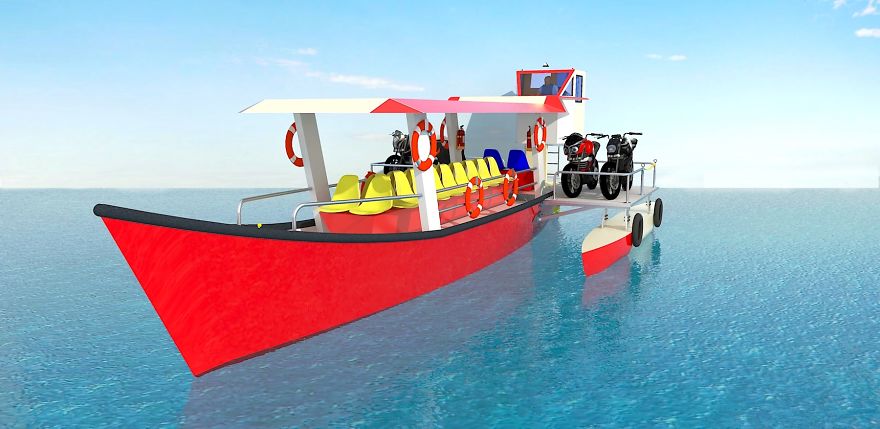



5
2